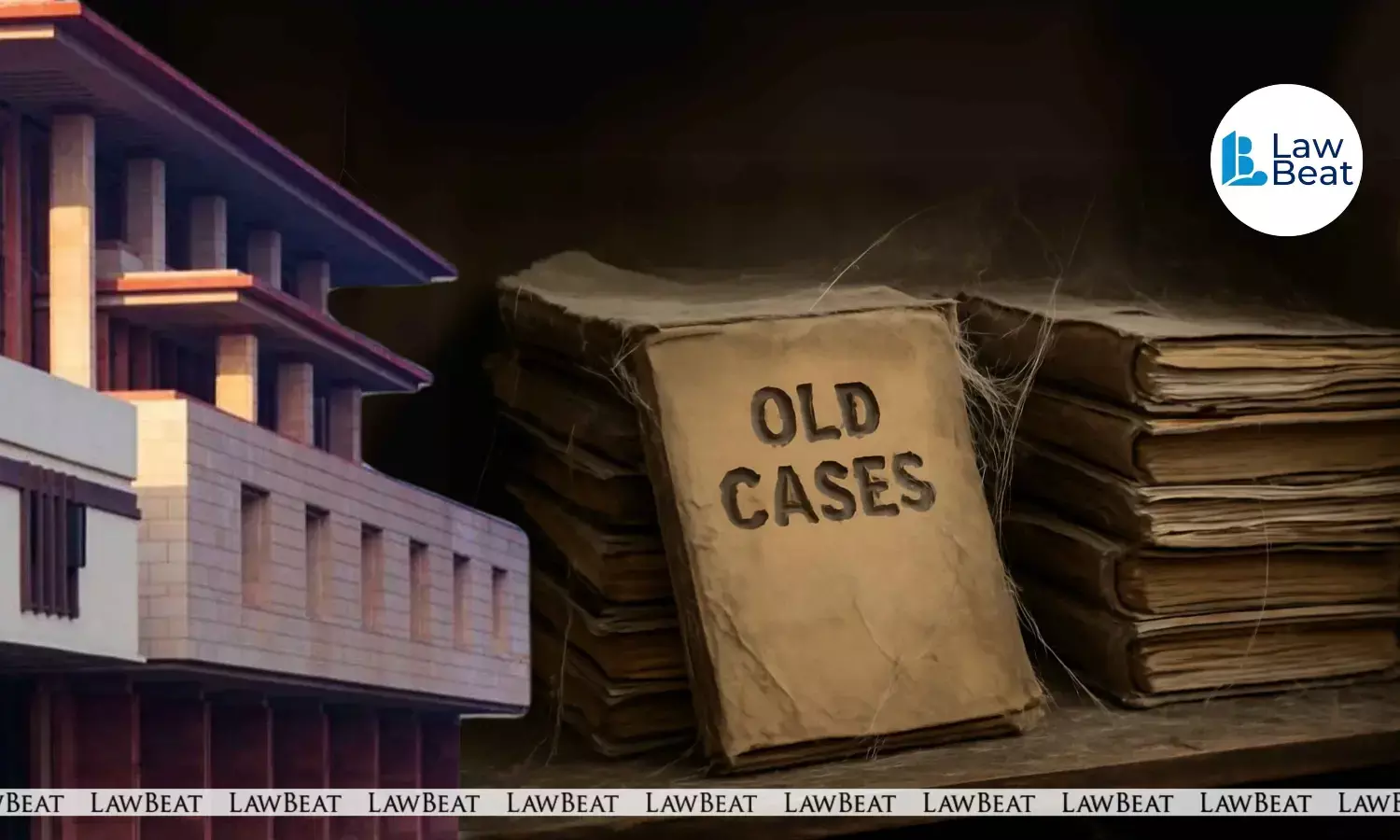Delhi HC Releases Action Plan To Reduce Case Arrears

In response to growing concerns about long-pending cases across High Courts in India, particularly those pending for over two or three decades, the Delhi High Court formulated and adopted a comprehensive Action Plan for Arrear Reduction.
The Action Plan sought to address the alarming increase in case pendency and was designed in accordance with the specific requirements of the Delhi High Court. It aimed to streamline processes, prioritize older cases, and ensure efficient and timely disposal through structured and technology-driven mechanisms.
The notification read, "Hon’ble Mr. Justice Abhay S. Oka has observed grave concern over the trending increase in pendency of almost all the High Courts in India, especially of those cases which are pending for over two or three decades and thus has formulated a Model Action Plan for Reduction of Arrears in High Courts to serve as a lighthouse for every High Court in formulating its own Action Plan".
Key Aspects
Prioritisation of Older Cases: Special emphasis on identifying and disposal of cases which are more than 10, 20 or 30 year old.
Case Management Hearings: To ensure faster progression of cases through their various life stages.
Fair Case Distribution: Ensure balanced distribution of cases without interfering much with the jurisdictional aspect of various Benches.
Technology Integration: Effective use of IT Tools and Al mechanism for automated data extraction, defect rectification and summarization for clustering of matters involving common question of law.
Weeding Out Infructuous Matters: Implement strategies for identification and weeding out of infructuous matters i.e matters which are no longer relevant or necessary.
Promotion of ADR Mechanisms: Encourage the use of mediation and Lok Adalats for speedy resolution of disputes. Special Lok Adalats may be conducted to dispose of compoundable cases, maintenance and matrimonial disputes, land acquisition cases, MACT and service matters.
Stakeholder Engagement: Involve Bar Associations and other agencies to address procedural delays.
Monitoring and Reporting: Generation of reports and their regular monitoring for assessing progress and effective strategy formulation and implementation.
1. The first phase of the plan would be the 'Preparatory Phase', scheduled for implementation till June 2025. The first phase would include:
Identification of Targeted Cases: The Registry undertook the task of preparing lists of cases older than 10 and 20 years, pending criminal appeals involving undertrial prisoners, statutory time-bound cases, service termination disputes, pension matters, and cases expedited by the Supreme Court.
Judicial Oversight: These lists were to be submitted to the Chief Justice of the Delhi High Court for appropriate directions and equitable distribution among Benches.
Case Management Hearings: The Listing Branch forwarded targeted cases to the respective Joint Registrars (Judicial) or concerned Courts for Case Flow Management Hearings. Legal representatives of the parties were mandated to attend.
Fixation of Hearing Timelines: After assessing the complexity and status of the cases, the Courts were directed to fix timelines for their disposal by the end of Phase II.
Dedicated Hearings: Every Thursday post-lunch was earmarked for hearings of such targeted matters.
Compliance Monitoring: The Registrar (CFM) was required to submit progress before the Case Flow Management Committee.
Identification Tools: Unique identifiers were to be assigned to old cases to facilitate prioritisation.
Supreme Court Stayed Cases: The CFM Branch was tasked with monthly updates on stayed cases.
Infructuous Matters: A team of trainee judicial officers was formed to identify infructuous cases and report weekly to the CFM Committee.
Data Verification: Summer vacations were dedicated to physical verification of files and updating digital databases (Delhi High Court website and NJDG).
Creation of Data Unit: A central Data Unit was proposed to act as a "Command Centre" for managing and integrating case-related data.
AI Development: The plan included developing AI tools for automating e-filing, data extraction, and issue summarisation.
2. The second phase, scheduled to be implemented from July 2025 to July 2026, would be the 'Implementation phase'. The second phase would include:
Disposal Target: The primary goal was to dispose of all cases pending for more than 20 years by June 2026.
Strict Scheduling: Case Flow Management Hearing Sheets were followed strictly, and no adjournments were permitted.
Advance List Management: Each Bench's ten oldest targeted cases were continuously reflected in the Advance List, with newer ones replacing disposed cases.
Data Reporting: The Data Unit prepared monthly progress reports for the Registrar (CFM) to present before the Committee.
Quarterly Review: Reports on implementation were submitted quarterly to the Chief Justice, who held periodic meetings with the CFM Committee Chairperson to devise strategies for expediting disposal.
3. Finally, the third phase, named 'Final phase', which is scheduled for implementation from June 2026 to May 2027, will be focused on further reducing pendency by disposing of all cases that were over 10 years old.
